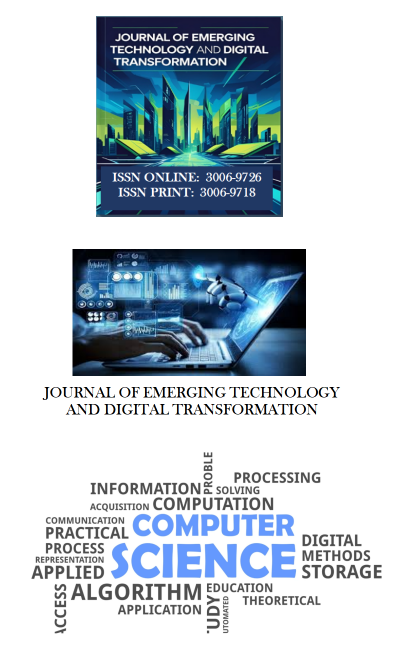An Efficient and Learning Method Architecture that allows the Detection of Coronavirus Diseases
Keywords:
COVID-19 detection, Image processing, Data augmentation, Deep learning, Convolutional Neural Network (CNN), X-ray imagesAbstract
Millions of lives have been destroyed by the deadly coronavirus, which has also imposed a tremendous burden on healthcare systems worldwide. Early identification of COVID-19 is essential for isolating positive cases and halting the spread of the disease. Deep learning algorithms, combined with medical imaging, have enabled faster and more accurate detection of COVID-19. This paper presents a comprehensive analysis of the most recent deep learning techniques employed for COVID-19 diagnosis. According to the research publications reviewed, Convolutional Neural Networks (CNNs) remain the most widely used deep learning approach for identifying COVID-19 from medical images. Transfer learning and data augmentation strategies effectively address concerns related to limited data availability. Preprocessing of medical images is crucial to enhance model performance, while the use of pre-trained models can significantly reduce training time. Furthermore, medical images play a key role in the automated detection of COVID-19, providing non-invasive and reliable diagnostic support. This article also offers early-career researchers a practical perspective on developing CNN models integrated with medical imaging to facilitate prompt and accurate disease detection. Overall, the study consolidates existing methods and insights, emphasizing the critical role of deep learning and medical imaging in the timely identification of COVID-19 cases and the potential for these technologies to support future diagnostic frameworks in healthcare.











